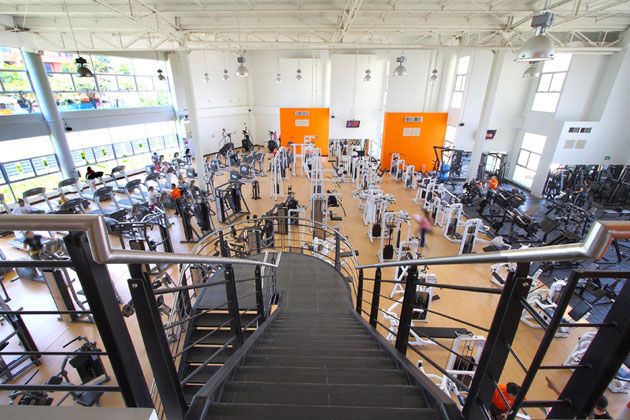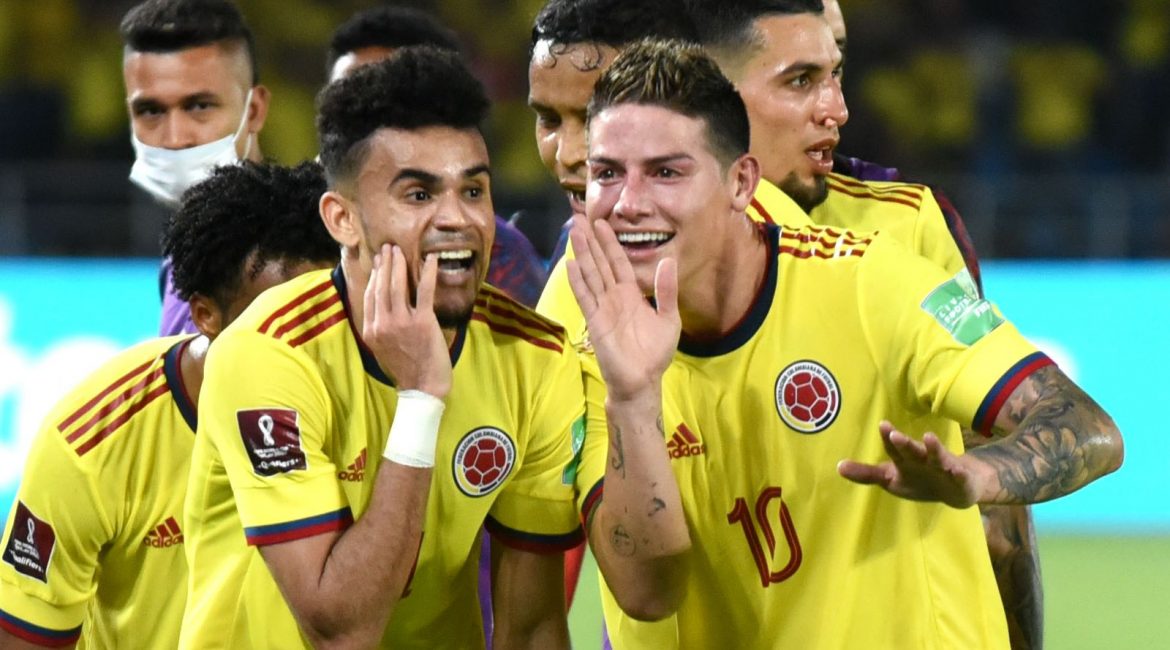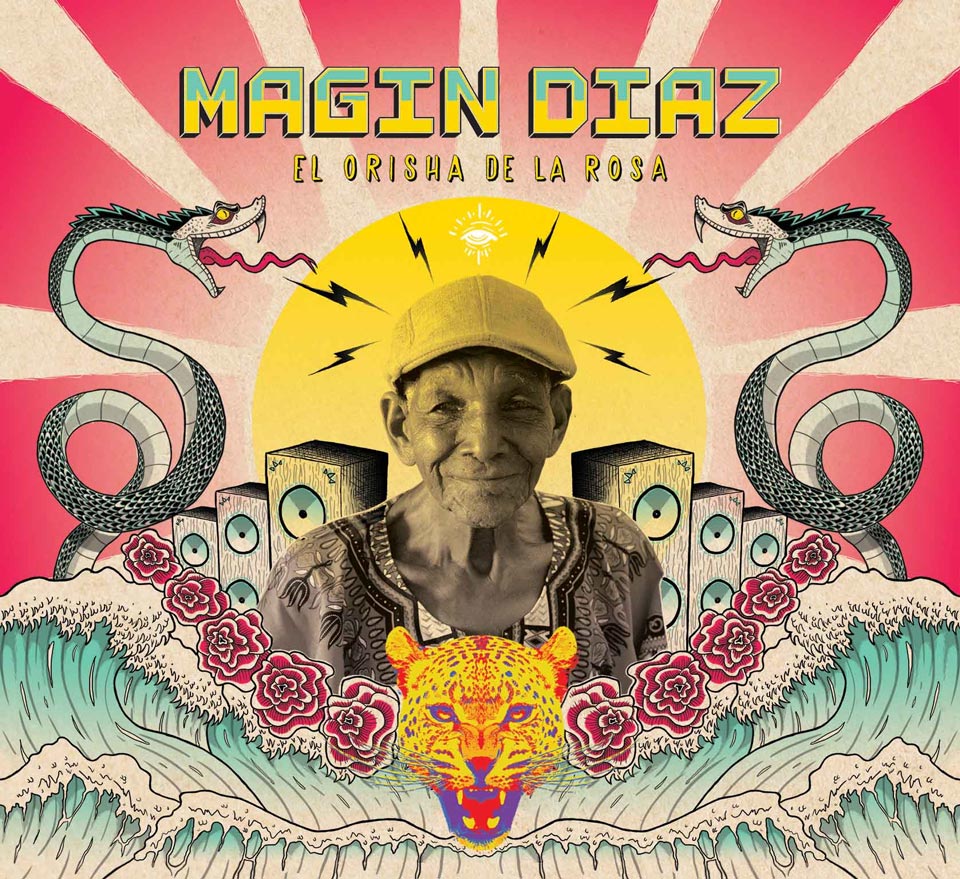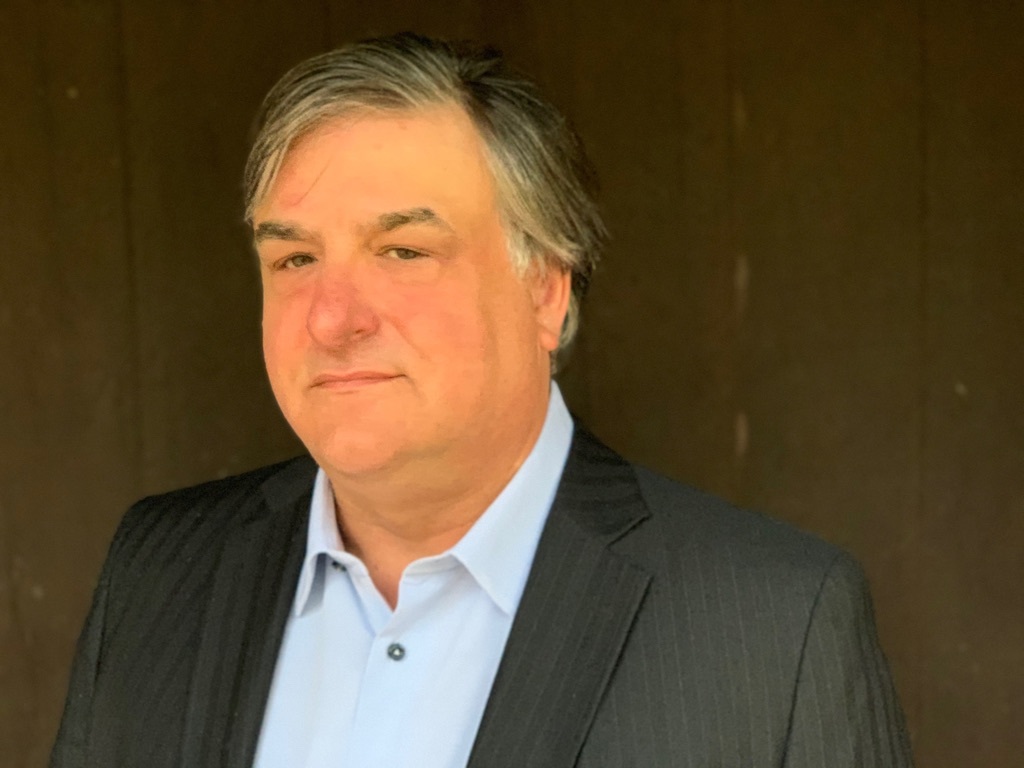
The FARC’s 53rd birthday would be their last as an armed group.
Shortly before the deadline for dismantling the transitional camps is extended, the FARC celebrate their 53rd birthday. Oliver Pritchard went along to the celebration to gauge the mood is as the group prepare to enter civilian society.
For over five decades, the longest running insurrection in the western hemisphere, the FARC-EP have opposed the Colombian state. However, with peace about to become a reality, their 53rd birthday was their last as an armed group. The Bogotá Post were lucky enough to be invited to the celebrations and see what the future might hold.
Our host in the camp was known as Carlos, though that’s not his birth name. He’s served in the FARC for years and more in prison. “This is our first birthday as a political movement, not an armed fight,” he said. “And this is the start of our transit now from a revolutionary armed movement to a revolutionary political movement.”
He was clear about the importance of this birthday beyond backslapping. “Today is also a celebration of the Colombian people. Our struggle was for them, and we will need their support in order to make this peace happen. At the heart of this peace has to be the Colombian people.”
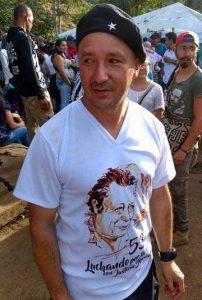
Former FARC soldier Carlos takes time out to talk to us.
He thinks there is a space for revolutionary ideas in Colombia. He explains how he feels that “the great majority of the Colombian people are tired of politicians that lie, that defend specific interests, politics full of corruption and inefficiency. These politicians do not speak for Colombia, but for the few.” He makes it clear too that this is not only his opinion, but that of the movement as a whole.
Carlos was an exception – although everyone was happy to talk, few were willing to be recorded, seeing this as a time for celebration rather than media interviews. Young students from Bogotá spoke about how they hoped this was a change in Colombia’s history, older men talked about the lies they felt were told in the Colombian press. Throughout the weekend there is a lot of talk of the future and a feeling of genuine optimism for the next part of the process, although there was also an atmosphere of suspicion towards the government.
A number of people complained about a lack of support in the construction of the camps. Carlos was quick to point out that “we constructed [the camps] ourselves.” He continued, “What is important to understand is that [our commitment] is firm. The government has not delivered on some points, but they have delivered on others.” He says that less than 50% of the intended area has been developed.
The mood in the camp remains positive, despite the hiccups. Notably, the UN peacekeepers were leaving as we arrived. Folk in the camp spoke of their disappointment over the scandal with the party at New Year. They told us of a palpable cooling-off in relations following the incident.
We are at a historic moment. This is not a time for individual aspirations. It is not the time to feed the appetites of political interests or parties. This is the time for all Colombians to come together.
It’s a strange mix of people at the event. There are at least two busloads of young kids from Bogotá, revolutionary types with the enthusiasm of youth. There are old timers, again from the capital, in their faded Cuban caps and mourning the demise of the USSR. Then, there are some obvious former soldiers. Unlike the others, there’s a harder edge to these men, deeper eyes and sinewy muscles a clear giveaway. Some of them congregate outside the main party, swapping stories about former lives disconnected from the frivolous fun of the night.
Our location was the Zona Veredal Antonio Nariño near Icononzo in the north of Tolima. The roads deteriorated from proper highway to secondary road to bumpy tracks as we got closer to the camp. The military presence was noticeable yet unoppressive, as we passed straight through with nary a search nor question, solely a wave from the foot soldiers. Eventually we arrived at the entrance proper, the foot of a hill into the clouds.
Lounging at a tienda outside the entrance were a motley crew of assorted lefties. The theme of peace was underlined by a couple of lads embracing, one in the red of Bogotá football team Santa Fe and the other in the blue of rival squad Millonarios. To the right, a brass band were taking some time out from playing communist anthem Red Flag to neck a few beers in the afternoon sun.
The tienda itself sells beer and rum, but not at rob-dog capitalist prices. Adverts abound for the knock-on benefits of proximity to the guerrilla such as healthcare visits.
It’s a tidy step up the hill to the party in the camp which is separated from us physically, by both infrastructure and geography. Despite the difficulties in arriving, a clear view over to Melgar reminds us how close we are to a more easily recognisable Colombia. At the top we will find out how separated they are from us culturally.
The atmosphere is convivial: smiles abound and scowls are far and few between. Within minutes of arriving – I’m unmarked as a journo at this point – at least five people have asked if I want some of the food on offer. They’re keen for me not to miss out on the asado at the top of the hill.
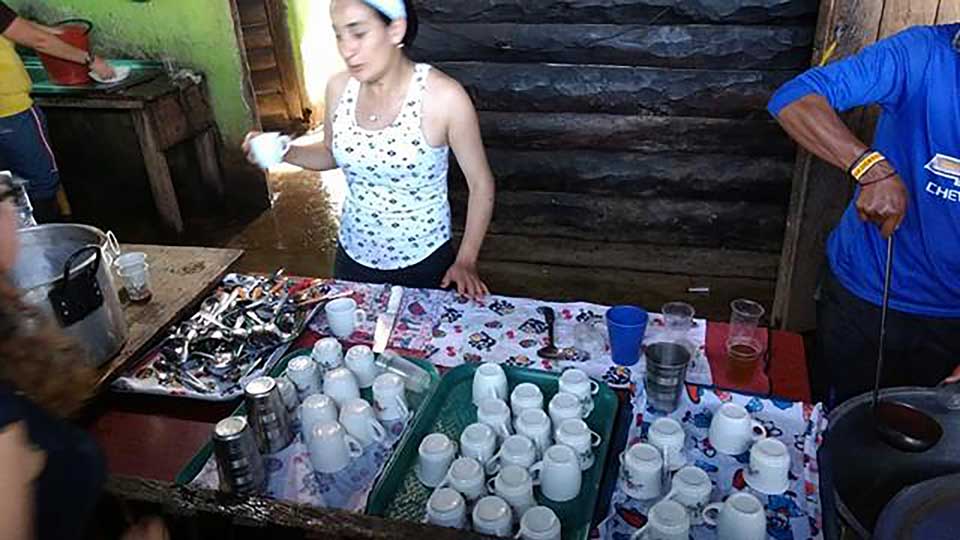
Coffee and refreshments a the FARC celebration.
The campsite is well laid out. Latrines have been dug and appointed – for men and for women separately. There’s free coffee and various foodstuffs at a communal lodge which sells reasonably priced beer too. Ensuring that the multitudes are fed is a mammoth operation. Everyone who partakes of food is expected to muck in and clean their cups at the other end of the kitchen, where an open wash-sink is in operation. The centrepiece today, though, is a giant meeting hall. Normally used to hold camp meetings, it is today equipped with a sound system and stage for the fun to come.
Before that, we heard a stump speech from Carlos Antonio Lozada, one of the Havana negotiators. “They want to stop us,” he said. “And they will not pass. We will not give up this dream, we want a different Colombia, not just for the rich, but for the people. The generations that are here today will make this possible.” He reminded us how fragile the peace was, “We are at a historic moment. This is not a time for individual aspirations. It is not the time to feed the appetites of political interests or parties. This is the time for all Colombians to come together.”
His message was clear: “When you go from here, go to defend the Havana agreements. Go to the streets, to the roads, to the towns and the cities. Fight and defend this agreement. Peace depends on the implementation of every one of the agreements.” It was a fiery speech, for sure, but also one of hope for the future.

Traditional dancers liven up the FARC birthday celebrations. Photo: José Cruz
After the serious business, we are treated to a variety of spectacular shows, somewhat akin to a town fiesta. There are dancers and singers, history dioramas and theatre pieces, poetry and music. Many of the performers take time out to proclaim their support for the cause. A key theme underlying the shows is a sense of inclusivity. Although we are high in the hills, all aspects and facets of Colombia are celebrated. It’s certainly more multicultural than most of Bogotá, for example, and there’s a constant reminder that Colombia is not a single narrative, but a complex entity encompassing many things.
No one knows, in the end, where the peace process will end up. The road is long and has many perils, not least of which is next year’s elections. Indeed, plenty of setbacks are presenting themselves already. What is true, however, is that the mood in the FARC camps is one of positivity for the future, and fully committed to the next stage, whatever that will be.
Photos: Oliver Pritchard

